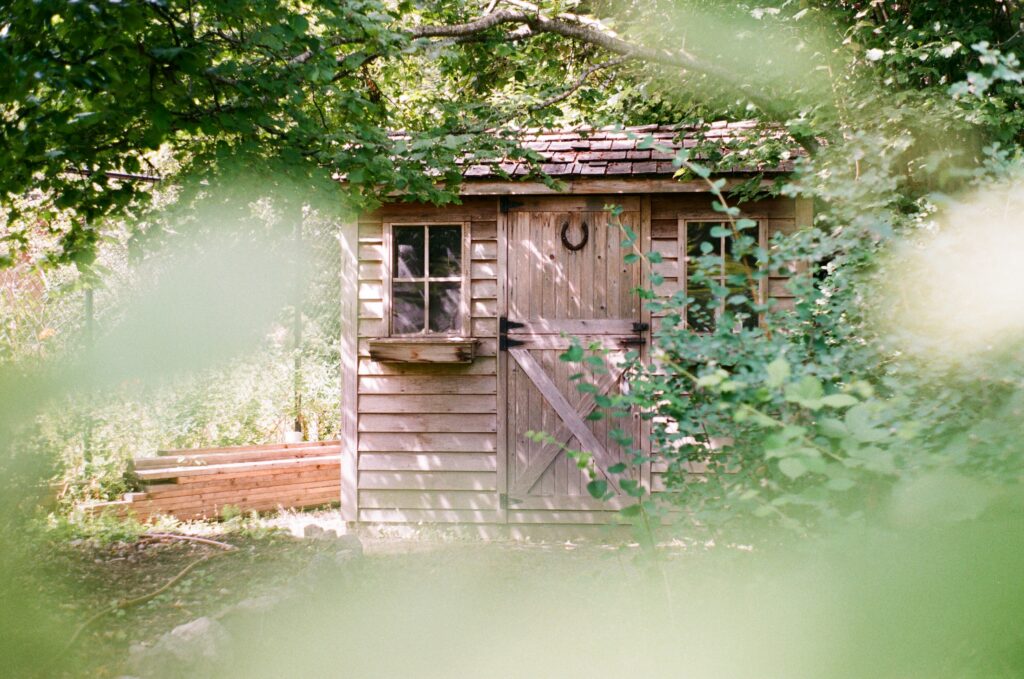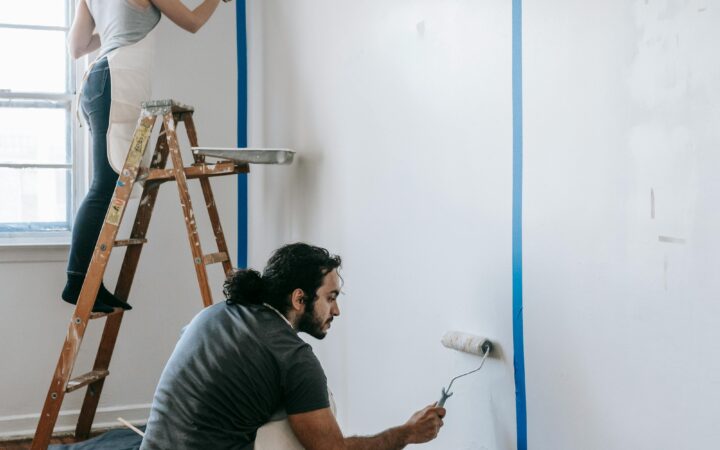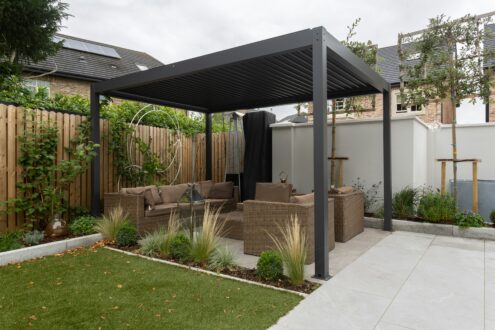
Photo by Sebastian Huxley on Unsplash
Figuring out how large your new garden shed should be is always challenging. Everyone knows that people fill their sheds to the brim, regardless of size, so how large they are really depends on organisation more than actual material requirements.
The purpose of this post is to outline some factors that will determine shed size and how much you need. It’s best to estimate shed size based on the assumption that you will keep it tidy since no shed of any size will suffice if you don’t.
Access
The first thing you’ll need to consider is whether the shed is large enough to provide access to your belongings. Outbuildings should provide walking space, letting you grab items off shelves and the floor without rummaging through piles of junk.
Double-check the level of access your shed offers. Make sure that you have room to get to all your possessions. Ensure you can create a gangway between shelving units and other bulky items, like the lawnmower.
Local Regulations
You’ll also want to consider local regulations when deciding on a size for your shed. While planning rules are generally pretty lax, there are upper limits on how large a shed can be, and how closely you can place them to adjacent properties.
Don’t build sheds higher than regulations permit. Going over this limit could mean a clipboard-carrying member of the local council comes over and tells you to rip it down (in addition to charging you a fine).
Budget
You’ll also want to consider your budget when deciding on a suitable shed size. Naturally, the larger your shed is, the more it will cost.
Shed costs tend to rise exponentially the more concrete you pour and the wider the roof needs to be. You can get more affordable shed bases, but the cost will still go up if you decide to go larger.
Working Space
In addition to storage, another consideration is working space. This area represents the room where you have to use the shed as a workshop or for hobbies.
Of course, the amount of space you have depends critically on what you want to do in your shed. Therefore, you can use your existing shed as a comparative tool. If it’s not large enough for your chosen activities, you may want to go a little larger.
The working space you need for carpentry is generally quite small. However, if you want to set up a model railway in your shed, you’ll need much more room.
Storage Needs
Finally, you’ll need to consider the amount of physical stuff you want to keep in your shed. Bikes, lawnmowers and garden seating take up the most space, so you’ll want to take these into account. Remember, the more things you keep in your shed, the less room you’ll have for everything else.
Wrapping Up
Small garden sheds are anywhere from 4 feet by 6 feet to 6 feet by 8 feet. The largest sheds are 12 feet by 16 feet or more. Generally, most homeowners prefer to err on the larger side, but it all depends on your requirements.











Leave a Reply